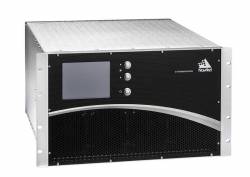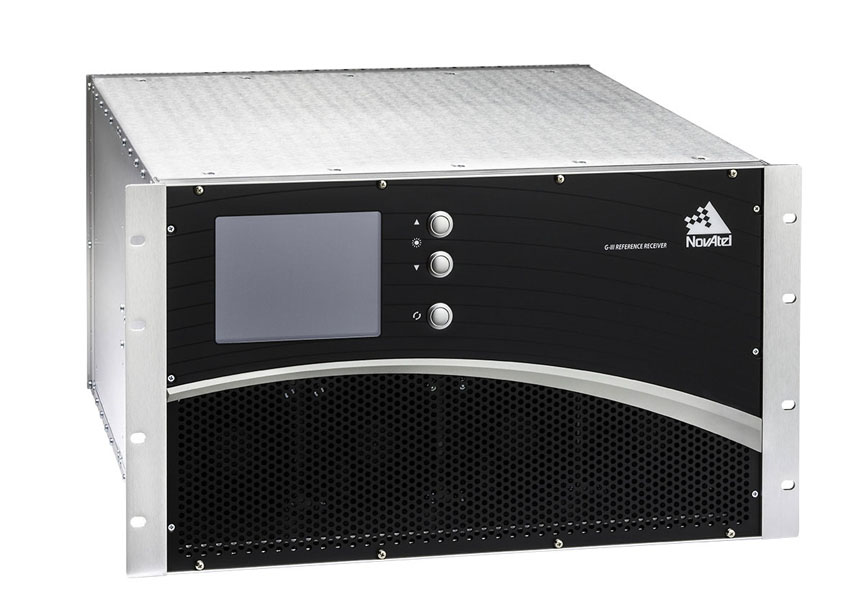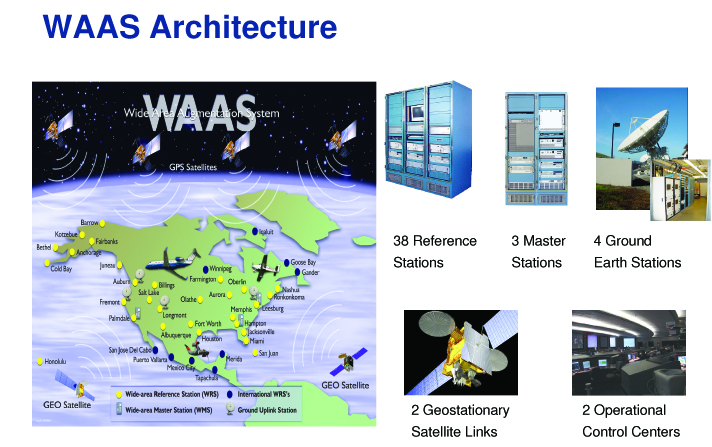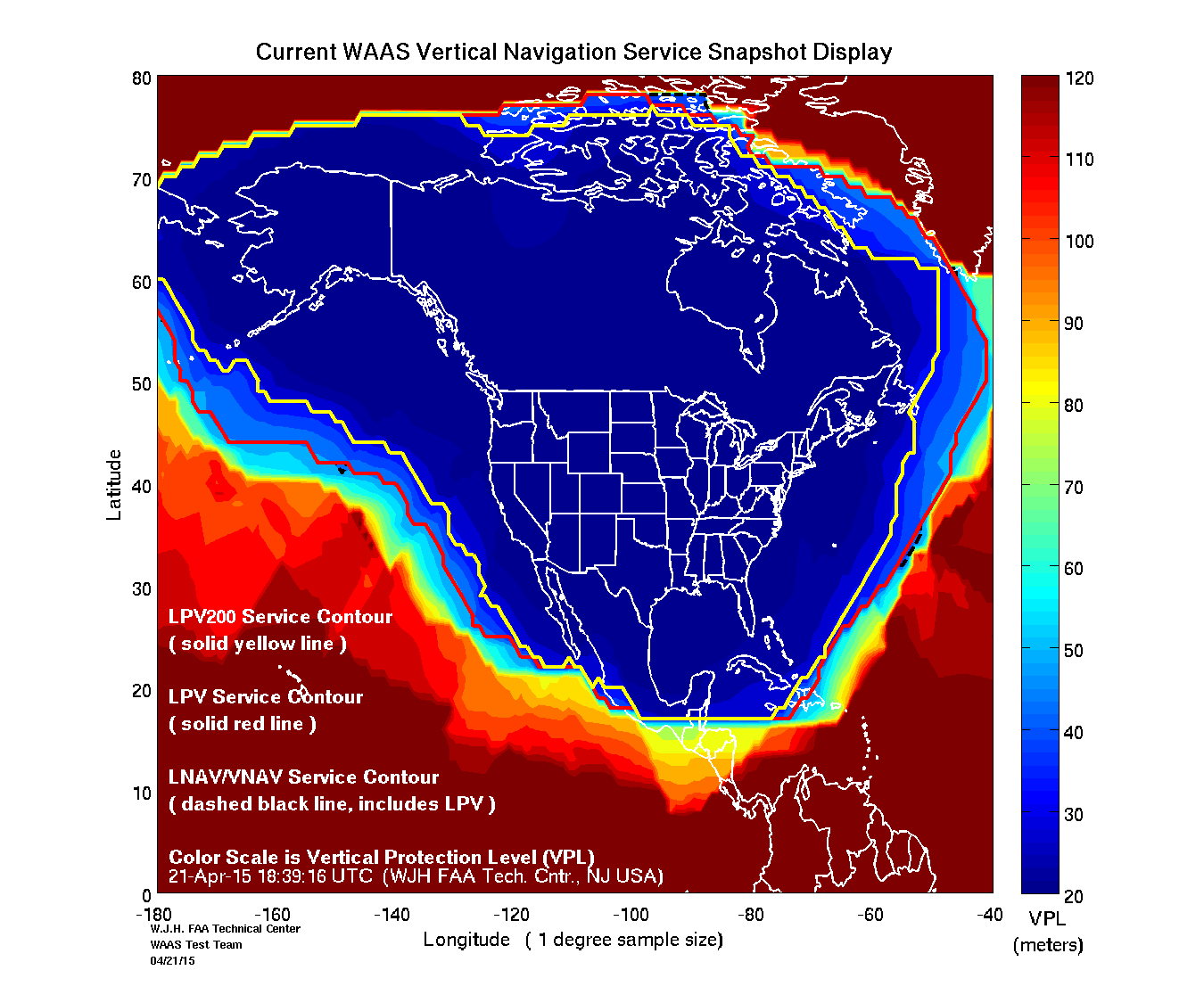
NovAtel Inc. has announced that the U.S. Federal Aviation Administration (FAA) and NovAtel have exercised a bi-lateral option to produce a Wide Area Augmentation System (WAAS) G-III – Galileo prototype receiver to advance research on multi-GNSS constellation operation.
NovAtel Inc. has announced that the U.S. Federal Aviation Administration (FAA) and NovAtel have exercised a bi-lateral option to produce a Wide Area Augmentation System (WAAS) G-III – Galileo prototype receiver to advance research on multi-GNSS constellation operation.
The new receiver will operate in the WAAS reference station test environment while maintaining core NovAtel WAAS G-III functionality for GPS and the U.S. satellite-based augmentation system (SBAS) signal processing. The prototype receiver will also add functionality to support tracking and demodulating associated navigation data for Galileo satellites including:
· Galileo E1 and E5a tracking
· ephemeris and almanac reporting/processing from E1 or E5a
· automatic channel assignments
· time solution computed from Galileo
· correlator information for signal deformation on Galileo signals
The WAAS G-III – Galileo prototype receiver will be built on NovAtel’s existing WAAS G-III receiver hardware and application software and delivered as a field-loadable firmware package. The WAAS G-III – Galileo receiver will not be qualified to DO-178B Level D as part of this contract, according to NovAtel.
NovAtel’s WAAS G-III reference receiver platform was designed with expandability and multi-GNSS SBAS evolution in mind, and can be customized to meet the needs of individual satellite networks, according to the company. NovAtel has already delivered G-III based reference receivers to several programs worldwide, including the WAAS G-III receiver (US WAAS, FAA), IRIMS G-III receiver (India IRNSS, ISRO), and QZSS G-III receiver (Japan QZSS, NEC) variants.
The company’s reference receivers and uplink station equipment have had a central role in WAAS since its inception. The WAAS third-generation reference receiver (G-III) uses fully updated hardware, and tracks all GPS signals including the legacy GPS L1 C/A, L2P(Y) (semi-codeless), and the modernized L2C, L5, L1C signals as well as the WAAS L1 C/A and L5 signals.
The receiver provides range measurement data, signal integrity metrics, and logs for processing by the system’s data communication processor. NovAtel says that the WAAS G-III – Galileo prototype receiver is the first G-III platform evolution for the FAA, an important step towards possible GPS + Galileo dual-GNSS SBAS operations in the future.





